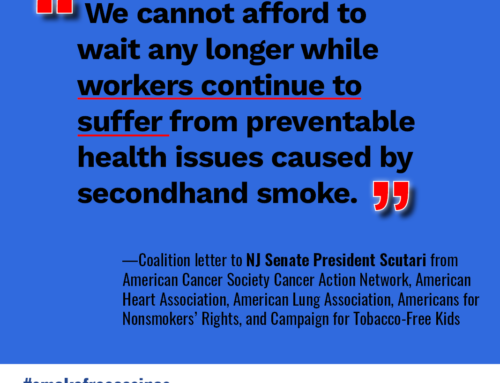As ANR Foundation assists college campuses in going 100% tobacco-free, we frequently field enforcement questions:
What are the typical enforcement mechanisms? What about a campus with limited enforcement resources? How to handle geographical enforcement challenges, such as urban settings with porous boundaries, or isolated hilltop campuses where off-site areas present fire and/or pedestrian hazards? Enforcement is a critical component of any tobacco-free policy.
As previously reported, comprehensive protections are easily diluted when a policy has no “teeth.” ANR Foundation’s college campus data has grown increasingly robust, including enforcement data. Of approximately 3,000 (and growing daily!) higher learning sites with tobacco protections of any strength represented in ANRF’s College Campus Tobacco Policy Database, 2,263 sites have some type of enforcement provisions written into the policy itself.
What are ANRF’s Top Enforcement Tips?
Most likely, any enforcement challenge has already been addressed by another campus—there’s no need to reinvent the wheel!
1) It’s important to start by including enforcement provisions in the policy. Enforcement provisions range from disciplinary action (matching other student code violations) to fines, education/cessation classes, and beyond. Clear enforcement terms spell out what students, faculty, and staff can expect if the policy is violated, and assists with the development of enforcement procedures.
2) Educate and obtain buy-in from campus populations from the earliest stages of tobacco policy development, which can help improve enforcement later. This not only means students, but also faculty and staff, including how the policy will be enforced by their Department, or Human Resources. Educate campus security staff about the policy, how they can remind people about the policy, and what enforcement role they will play.
3) Continuing education is key once the policy is in effect, especially at the beginning of each semester/quarter: Tobacco-free campus signs at “hot spots” where tobacco use has frequently been observed, banners welcoming people to the tobacco-free campus, educating all new faculty and staff , highlighting the policy in new student materials, and requiring students “click to accept” policy terms in syllabi are useful.
4) Spread the word. Print up business-card-sized reminders about the policy that students, faculty, and staff can hand out. Consider creating an ambassadors program where students are trained to talk with people who are using tobacco on campus, educate them about the policy, and where they can go to use tobacco.
5) Use online resources creatively. Provide ample information on the campus website, including a map. Provide a free and anonymous online reporting tool to involve the campus community without increasing the burden on security patrols. Consider providing an online training for people who have violated the policy. Highlight the policy on the application and employment pages so people know what to expect on campus.
ANRF recommends educating and engaging affected populations at all stages to ensure success. Contact us for more information or to be connected with another campus for advice.







